|
In 1971 David L. Arneson had a stroke of genius with the singular invention within his fantasy world of Blackmoor -- The Dungeon. In our usual fashion, we want to propose a crazy idea. What if Arneson's concept for the Dungeon is completely misunderstood. Oh but wait, we'll get even more out there and say this: What if no one truly runs their dungeon the way it was intended by Dave Arneson? So yeah, most Judges are just doing it all wrong! (We have donned our flame retardant suits) Since its inception as a game environment for Fantasy Role Playing games, the dungeon remains the most evocative of all. Sure, your players may travel around above ground, or wander into a town, but when they want to take big risks in order to get lots of loot and experience -- We're off to the Dungeon! Many historians have tried to trace a path to the inspiration of dungeon games within the game rules that were available at the time. Some going so far as to claim a reference to sapper tunnels in Chain Mail medieval war game rules (Gygax and Perrin) as the one true source-- which is ridiculous. Read this and decide for yourself if this describes a dungeon game: 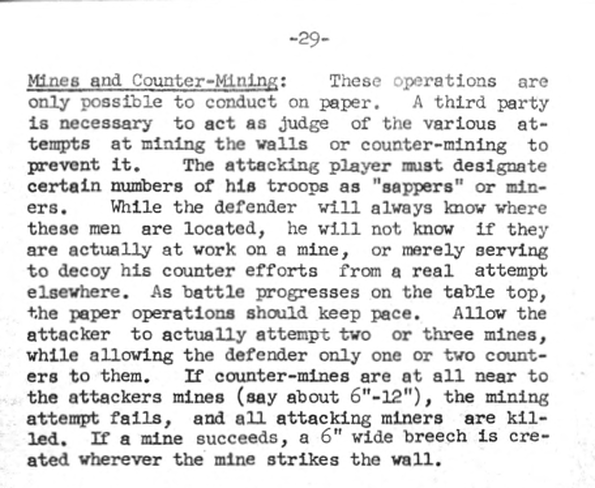 Chain Mail Copyright 1971, Donald S. Lowry As you can see, the passage from Chain Mail makes no reference to rooms, stairwells, and multiple levels; much less secret doors, treasure chests, or monsters. Those colorful details require a great leap of creativity in order to invent something that has never existed before within any game. Clearly any historian who would limit Arneson's creativity and resources to just one tiny passage within a small booklet of rules is overlooking the greater picture of all human knowledge. Most of all, the few sentences within Chain Mail are not going to inspire any kind of imagery to place you mentally within a terrifying dungeon adventure. Of course, it is entirely possible that it was just one tiny piece of the puzzle. Without going into all the drama, Blackmoor did use some components from Chain Mail. We just don't see the correlation between dungeon maps and CM. What if we look at other publications like the game of Clue. It provides a much closer simile to a dungeon map. It has passages and rooms, and also doors and even secret passages. All of this information is even laid out on a grid just like a dungeon map, yet no one seems to be trying to make a connection between Clue and dungeon games. Hmmm… Example of the Clue game board from the Hasbro web site: What do you think, does Clue look like a dungeon? We think it looks the same, but we don't think it is the actual source for dungeons. Yet the urge to play connect-the-dots with this kind of evidence is strong! So lets get a little more nuanced about our exploration for the source of the dungeon. What we like to call Source of the Denial. If you look around you can find almost too many sources that can be attributed to the invention of dungeons, and Arneson would likely have been aware of all of them. How about those little maze and pencil tracing puzzles in the comics section of the newspaper, or the numerous articles National Geographic magazine published about ancient tombs? Some of you will recall the tomb of Tutankhamun, so many articles and books are published on this one site alone, and many have maps and other visual renditions. If anything - the more you look - the more you find. And the more you find, the less likely you can trace any kind of lineage for dungeon games. Looking farther into the recesses of our collective memory, one finds mazes carved into the walls of tombs over 2000 years ago. These are found in sacred places and often represent a connection between the world of the living and the after life, even a person wandering into one today will feel this sense of spiritual significance. 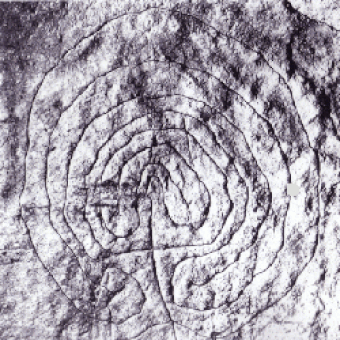 If you want to go back in time even more, you can search for articles on Meander Art. We're talking roughly 20,000 years back for some of these. Each of these suggestions is equally as credible as any other, yet what one should consider is that it's likely Arneson was drawing on all of these things and much more; although maybe not directly for some of the more obscure sources. We are more inclined to view how Arneson got the idea for dungeons as a synthesis of ideas, both his own and others. We also want to point to a big difference in how Arneson himself viewed his dungeon games, as opposed to how most gamers seem to view them today. This is our big premise: the essence of the dungeon in RPG's is lost. But my maps look just like Dave's maps you say. Well, consider that Dave was drawing on a feeling he had and not just draftsmanship. He created an experience for his players like none other. That experience is based in the same feeling he got over a weekend spent at home. Arneson claims that he got his inspiration for dungeons after a weekend of reading Conan novels and watching old black and white horror movies. He also says he ate a lot of popcorn that weekend. We suppose that the idea for treasure in the dungeon could come from popcorn, or not. Strangely, no historian has bothered to actually listen to what Arneson SAYS he did while the idea for dungeons came to him. Arneson was having an experience of the unknown through these horror movies and fantasy adventure books. The classic Bela Lugosi and Boris Karloff movies that he was most likely watching were set in castles. These castles had secret passages. More importantly, these castles had dungeons, and of course monsters! Despite being a bit campy even by the standards of Arneson's time, these movies seem to evoke the same sort of experience that Arneson created in Blackmoor dungeon. It's likely his inspirational moment came when he decided to put that same feeling into his games. By all the accounts we've read, he barely had any kind of rules for this first dungeon experience game either; so if it isn't in the rules where is the idea? We think Arneson's dungeon concept is heavily based in gothic horror, and not a short rule, or visually similar design. The other components are just tools that he uses in order to leverage the experience of horror for his players. The primary component was more along the lines of trying to model a haunted house within a game format. Were his players scared when they explored his dungeons? Oh, you bet they were! How can we know this? One thing that can also be said about Dave Arneson, is that he was never a very clear advocate for his own work. Most interviews are vague and he uses language that is best described as insider code. The narratives in his writings and his interviews assume that his audience has the depth of understanding that he has about his life's work. Yet, what we have from him often leads to misunderstanding. What is even more surprising, is that of all the interviews he gave, no one ever asked him to clarify any of his statements, or even bothered to ask any follow up questions that could shed light on what he was trying to convey. For the most part, it is up to historians and other researchers to try to untangle what he meant based on what Arneson actually created; often this can be done via the oral history provided by those who played with Arneson in the early days of his Blackmoor campaign. In order to understand Arneson's dungeon it is also important to put it within context. The dungeon game was another variation in an extensive series of Role Playing Games that were being played in the Twin Cities. The game method for Role Playing evolves. It is difficult to say where it begins, the only clear source for it is one text: Strategos by Charles Adiel Lewis Totten (1880). One can also argue about when the games being played by the Twin Cities gamers become Role Playing Games. Our approach is to step back and just say "ok, this game has role playing in it -- it's an RPG!" We have no way to evaluate the quantity or quality of this role playing, yet we see that the method of play is emerging very early on. We estimate that it begins around 1964. So we can say that there is a play style that emerges as an extension on Totten's writings. This begins in the Twin Cities, and changes over time. We call this the Role Play Method. Many have tried to define it, but we just call it something and then let it be. It is a very mutable play style and can be used in a variety of games. In fact, what we do is then categorize the games by type: War Game RPG, Military Campaign RPG, Character Driven RPG, Adventure game RPG. Out of this comes Wesely's Braunstein. It should be noted that the Blackmoor Bunch originally called Blackmoor: The Medieval Braunstein. (Source: Ross Maker from his interview with Secrets of Blackmoor.) Some historians trace the lineage for Role Play Methods to other even earlier sources, yet the only source in the Twin Cities is Totten. For this one small community of gamers, who invent roleplaying, this creates an evolutionary bottle-neck whereby you cannot infer anything but Totten as a source for these gamers. To do otherwise is to play a very delusional game of connect the dots, which an academic community is likely to describe as rubbish. Additionally, we ignore game mechanics entirely because Role Playing is not within game mechanics. The two components are separate, yet are merged during game play as needed. This is how we came to create our timeline for the evolution of RPG's in the Twin Cities: 1880 Totten's: Strategos A war game, with Role Play Methods. This is their primary source. 1964 Twin Cities war games with Role Play Methods - Primarily via their lead referee: David Wesely, who is expanding on Totten. By 1964 all of the core members of this group have read Totten: Wesely; Scott; Clark; and Nicholson. 1967 Campaign war games with Role Playing Methods - The primary advocate for the campaign in the Minnesota group is Dave Arneson. This is a process that will continue within the group. 1968 David Wesely invents his Braunstein games. Role Playing Methods with a character driven plot. Any comparison between Wesely's design and Modern War in Miniature (Korns) seems very weak when compared to the extensive influence of Totten for the Minnesota gamers. 1969 David Wesely teaches Dave Arneson how to make these Braunstein games and they are both exploring the concept as referee's via many games of this type. 1971 Duane Jenkins creates his western setting Role Playing Game. We do not know enough about this game to say what it is, or is not. It is entirely possible that Brown Stone Texas changed the referee style. The anecdotes we have documented imply that this may be the beginning of the style of referee'ing one finds in Dungeons & Dragons. 1971 Arneson begins his Blackmoor games in parallel to what Jenkins is doing. Arneson sets his game in a medieval fantasy setting. Over time the play style evolves into what we call: The Adventure Game. This is the Role Play method that appears in Dungeons & Dragons and most other RPG's since it's publication in 1974. 1972 John Snider creates his own RPG that gets dubbed Stellar 7 by Arneson. (Corner of the Tabletop V. 4 N. 6) It is the first science fiction setting for an RPG. Although a manuscript is written in order to publish this game as the third of Snider's Star Trilogy: Star Probe, Star Empire, and the Star Empires RPG; the unfortunate schism between Arneson and Gygax leads Gygax to refuse the publication of further Twin Cities products. In retrospect one could look at John Snider's game and feel great sadness that it was never published, yet what is more important is that we see the Twin Cites Gamers doing what they do best; regardless of whether the Sci Fi game got published, they are exploring more and more settings to put their games into. John was a very big fan of pulp Sci Fi and he wanted to create that feeling of being an adventurer in space. (We promise to include some good stories about the Sci Fi game in the second volume of Secrets of Blackmoor.) Ok, so what does all this have to do with Dungeons? Throughout the evolution of the Role Play Method, the Twin Cities gamers cite one major element; they are trying to add realism and make players experience what it is like to be in the time setting and personal role of whatever game they are playing - be it a war game set in the time of Napoleon, or the sherif in a small western town. In the case of the dungeon, what Arneson creates as an experience for his players, and what his players describe, is not just a Tolkien-esque underworld like what is seen in The Mines of Moria; and of course, no one seems to question where Tolkien is getting his literary setting from either. The main concept we take from all of these things is that they are intended to create an experience full of cinematic mental imagery for the players. The players are being transported into an augmented game experience in all the Twin Cities RPG's. We never got a chance to play with Dave Arneson, so we need to turn to the oral history to get an idea of what Arneson was trying create with his dungeon games. All of the people who were in his games describe a blend of elements in the Blackmoor underworld. The TV show: Game of Thrones, has a character named Hodor; his one task in life is to Ho(ld the) do(o)r. Blackmoor had an entire troop of original Hodors; who tried to save the party one night in Blackmoor. Here is an excerpt from when we sat with Bob Meyer, most famous as a wizard named Robert the Bald, and Martin Noetzel a.k.a.The Wandering Elf, as they talked about that fateful dungeon dive: Bob Meyer - "That briefcase - when we saw that briefcase, we knew we were going to have a great night - That was it - We were going to have a great night!" Martin Noetzel - "I knew I was going to die again." (Laughing) Bob Meyer - "Yeah well…" (Both Laughing) Bob Meyer - "Hey, we were spectacular sometimes, you know. I mean there was the game in the dungeon, when the Balrog scattered the party - And we had guys that volunteered to hold the door - to try to hold the Balrog off - and I think you were on that party weren't cha?" Martin Noetzel - "I think so" Bob Meyer (cont.) - "Yeah, I think you were one of the guys - as a matter of fact, we had half a dozen guys who volunteered - and then we had other guys like me, I was a hobbit, and I wasn't going anywhere near that Balrog - and the rest of us scattered - and these guys were trying to hold the Orcs and the Balrog back long enough so that we could at least survive. (holding his hands up mimicking holding a door) So yeah - we - sometimes we died very spectacularly." Martin Noetzel - "It didn't work very well." (Laughing) Bob Meyer - "No, it took one turn and he was through." What they describe is something very much like The Mines of Moria from Tolkien, as a heroic adventure game moment. Well, actually it sounds like a TPK (Total Party Kill) but a truly epic one! Certainly since Arneson cites Conan, one finds epic adventure in his dungeons. Yet what seems to be more important is that Arneson's players are afraid; the Balrog has arrived and the only outcome will be death and destruction! Rob Kuntz describes his first Blackmoor adventure with these words "Arneson had us scared."
Our interview with Rob Kuntz is our most theoretical discussion on Role Playing Games. Rob was part of the team that was being led by Gary Gygax and Dave Arneson in order to create Dungeons & Dragons. His insights, and his ability to parse these insights, leads to a very concrete understanding about these games. And his interpretation of what went into the design for D&D is similar to what comes from Arneson's statements. Rob Kuntz " We automatically built anxiety into the game. Why? Because anxiety leads to doubt - doubt leads to fear - And fear if properly manipulated - leads to terror." - From Secrets of Blackmoor interview Yet it is when Rob digresses and begins to relate his first ever experience of Blackmoor that you begin to see what Arneson was doing via his dungeon games. Rob Kuntz "Gary and I differentiated between the game part and the immersion part - they're two different streams. one uh -- and we all got that from Arneson, because that's what he was doing. You know when you look at it - he was - he had us terrified. We thought we were entering a game. And all of a sudden our imagination is react - he had us - us immersed - and running! And we didn't even know what kind of hit points we had or anything. We - just get the hell away from it, right? And, we didn't even know what the hell was going on, you know and - that's part of the anxiety and the doubt. - You can't maintain anxiety and doubt like Arneson did, and Gary and myself did and others, who mastered that. You can't - Are you really experiencing fantasy? The unknown? Well you were if you were playing in Arneson's castle." As the interview plays, It's fascinating to see Rob try to keep an analytical description going as he transports himself back to 1972, along with his feelings in that moment. The level of immersion he is describing seems to over-ride his desire to be clinical. He seems actually immersed once again as he recalls these events. Both these segments from Rob's interview are describing an emotional cascade. How many places do all of these emotions arise: anxiety, doubt, fear, and terror? Since Arneson also cites old horror monster films, the only logical conclusion is that Arneson is drawing on the richness of all the psychological elements that first appear in gothic horror. Even if he is creating a medieval fantasy world, the essential feeling in Arneson's dungeon is one of fear and foreboding, and that is only found in the genre of literature and film called horror. There are several games, that have been created since the invention of RPG's, that focus on horror settings. These games even have die rolls that players must make in order to know if they are afraid, or possibly have gone insane with fear. Yet without the proper ability to create the emotional state that Arneson used for his games, these games are just sets of rules. If one considers that the Call of Cthulu RPG was released in 1981, it becomes clear that they were a bit late by roughly a decade. Dave Arneson had already created his Gothic Horror Movie setting 10 years earlier when he invented the RPG dungeon game. This is something to consider when you run your dungeon games: Are your players experiencing horror? If they aren't, you may not be playing the dungeon as it was intended by Dave Arneson. Perhaps you should consider that the core feeling you should create for your players when you run your own dungeons, is that they are not in control while exploring the dungeon, because that will create anxiety and every thing else that comes with that feeling including -- Terror! Don't forget to check out the store of all kinds ofcool things from DVD's to game books! https://secrets-of-blackmoor.backerkit.com/hosted_preorders Copyright 2018 TFotT
0 Comments
|
DVD'S, Books, T-shirts, games and more available on our store.
AuthorSecrets of Blackmoor is a Feature-length documentary about the birth of the “Mother of all Games;” Dungeons & Dragons. Archives
January 2024
Categories |
Privacy Policy
All Contents Copyright © 2023 The Fellowship of the Thing, Ltd. - All Rights Reserved
All Contents Copyright © 2023 The Fellowship of the Thing, Ltd. - All Rights Reserved

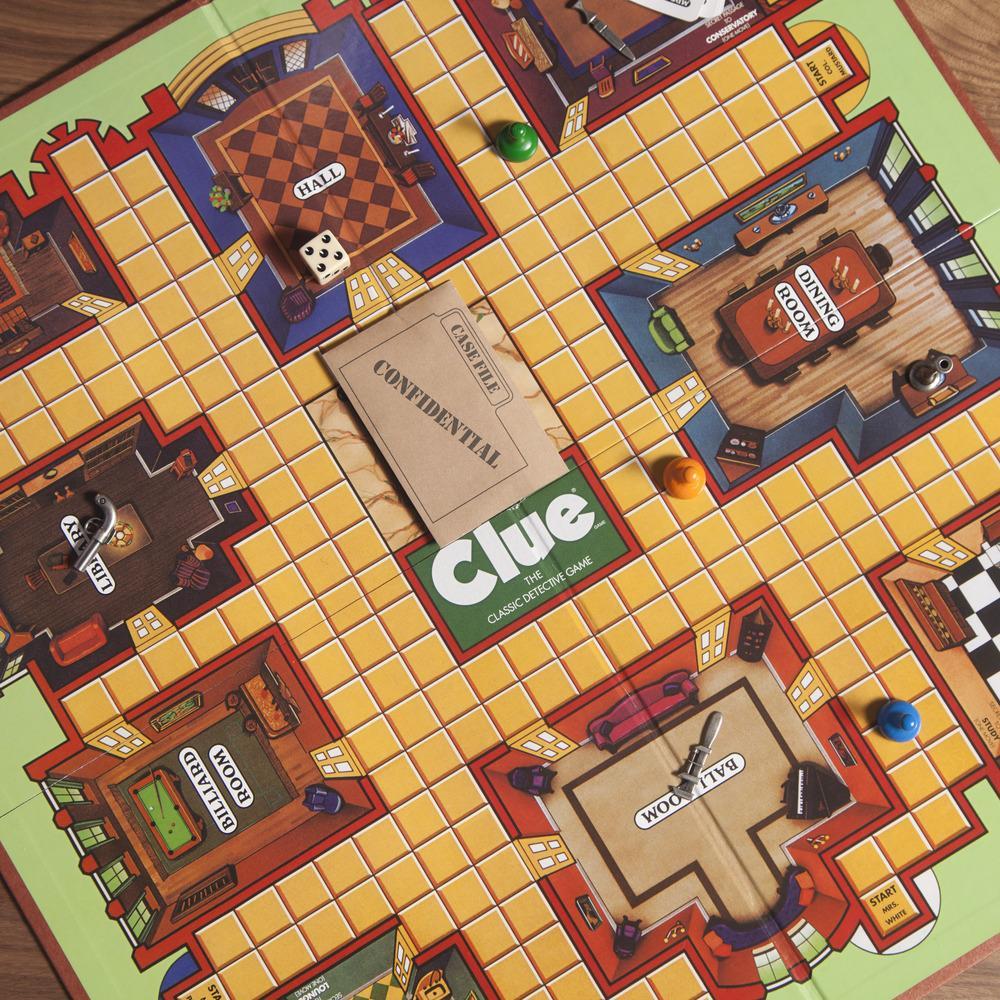
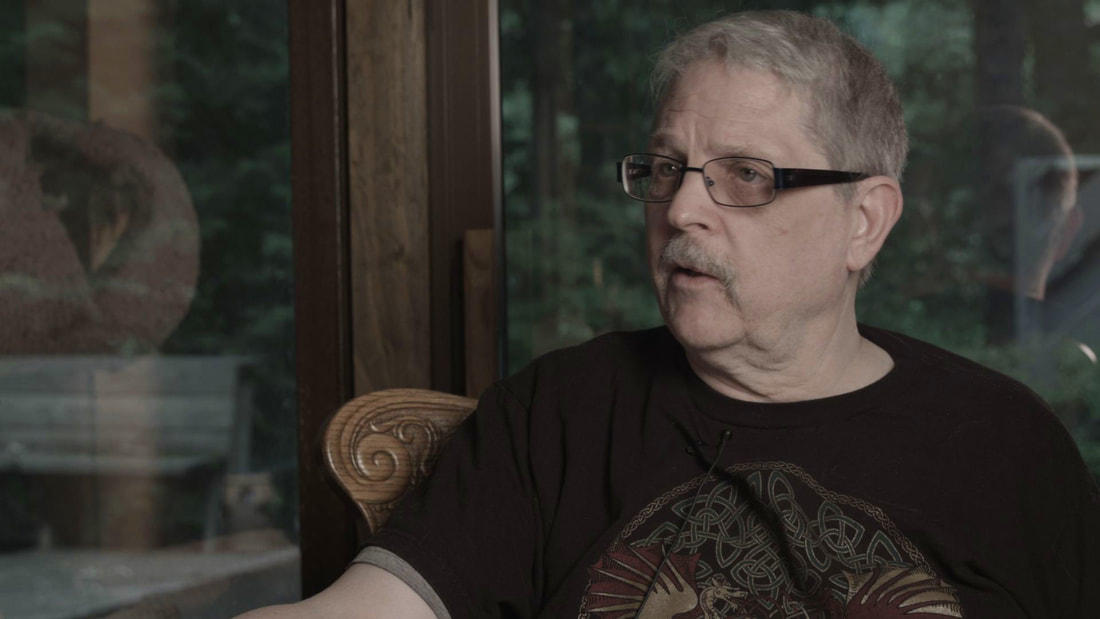
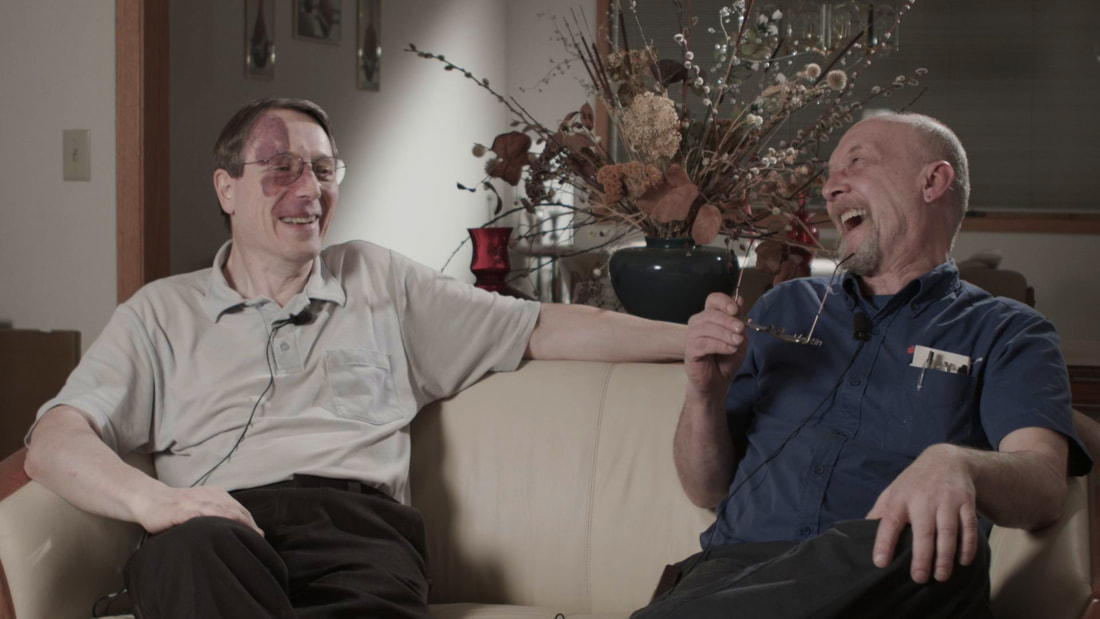
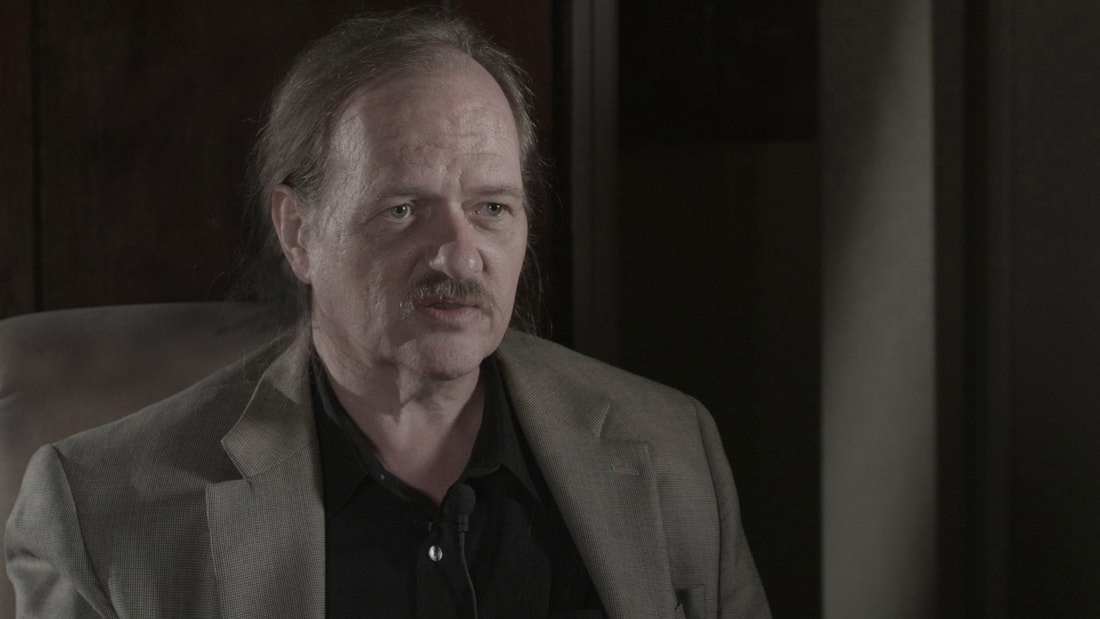
 RSS Feed
RSS Feed